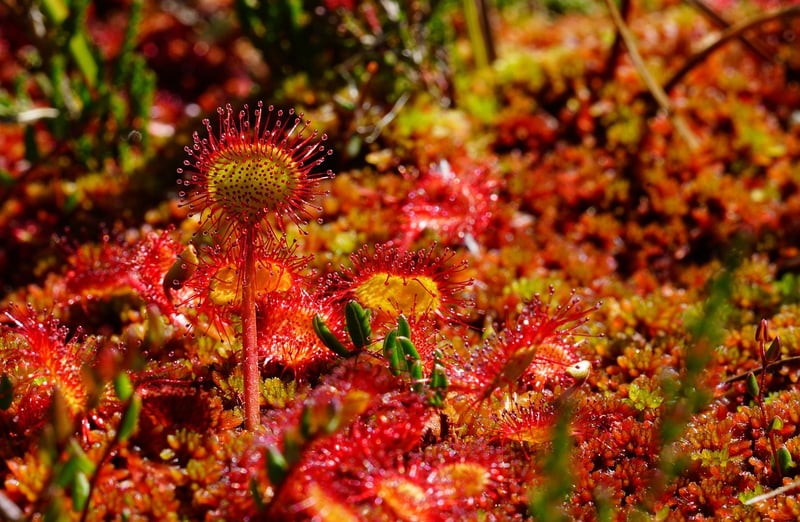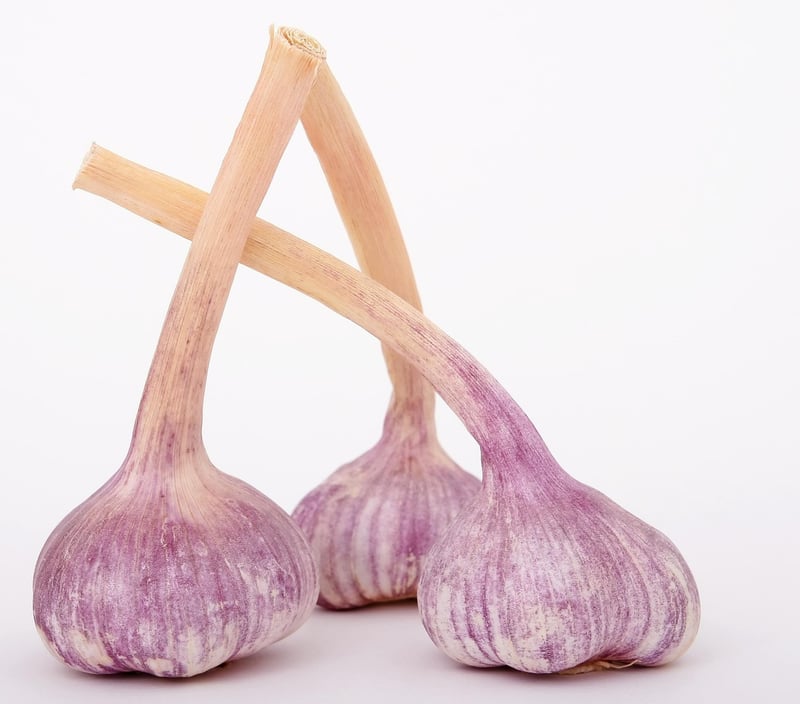Herb Harvesting
Growing Your Own Food and Herb Harvesting
The Joy of Growing Your Own Food
There is something incredibly satisfying about growing your own food. Not only does it give you the opportunity to eat fresh, organic produce, but it also connects you to the earth and the natural rhythms of the seasons. Whether you have a sprawling backyard or a small balcony, there are plenty of options for growing your own fruits, vegetables, and herbs.
Benefits of Growing Your Own Food
- Access to fresh and nutritious produce
- Reduction of carbon footprint by consuming locally grown food
- Cost-effective compared to store-bought produce
- Opportunity to control the use of pesticides and chemicals
Getting Started with Herb Harvesting
Herbs are a great starting point for beginners in gardening. They are easy to grow, require minimal space, and can thrive both indoors and outdoors. Here are some popular herbs to consider:
- Basil: A versatile herb used in various cuisines.
- Mint: Refreshing and perfect for teas, cocktails, and desserts.
- Rosemary: A fragrant herb ideal for seasoning meats and vegetables.
- Parsley: Adds a burst of freshness to dishes.
Tips for Herb Harvesting
- Harvest in the morning when the essential oils are at their peak.
- Use sharp scissors or pruning shears to avoid damaging the plant.
- Regularly harvest to encourage new growth and prevent the plant from flowering.
- Dry or freeze excess herbs for future use.
Conclusion
Growing your own food and harvesting herbs can be a rewarding and enjoyable experience. Not only does it promote sustainability and self-sufficiency, but it also allows you to appreciate the process of nurturing plants from seed to plate. So, whether you have a green thumb or are just starting out, consider starting your own garden and enjoy the bountiful harvest it brings.

Image source: Pixabay
